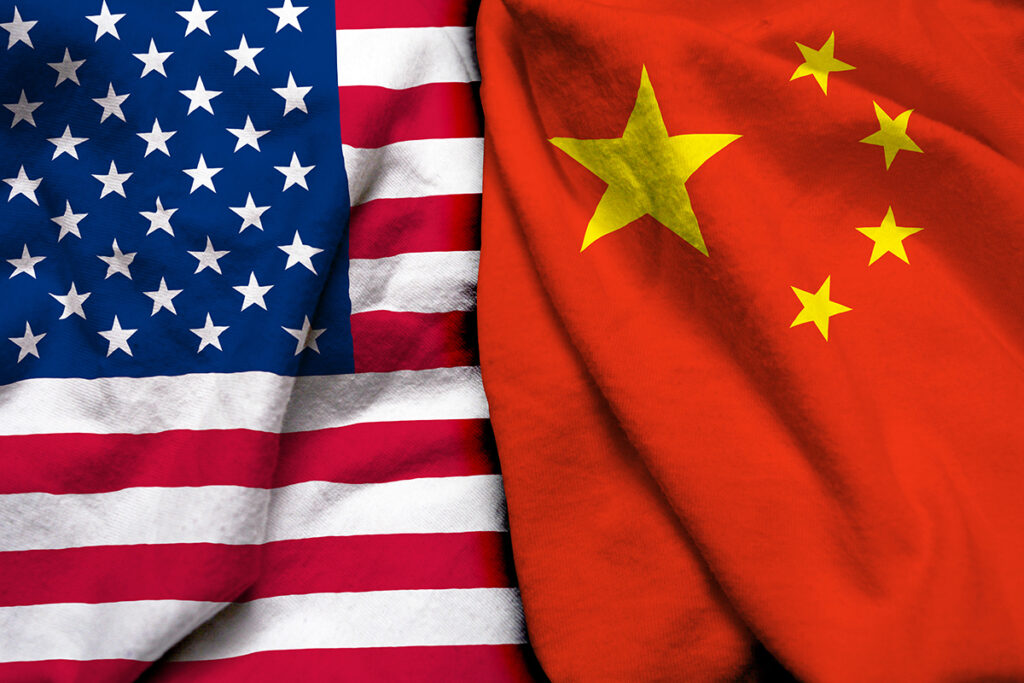US Defense Secretary Lloyd Austin engaged in a pivotal conversation with China’s national defense minister, Adm. Dong Jun, marking a significant milestone in bilateral relations between the two global powers. This communication, the first between Austin and any Chinese counterpart since November 2022, underscored efforts to enhance military-to-military communication and mitigate potential hazards in the Indo-Pacific region.
The dialogue, which lasted over an hour, comes against the backdrop of escalating tensions and a notable hiatus in military contact since August 2022. This period of strained communication followed China’s suspension of military contact with the US after then-House Speaker Nancy Pelosi’s visit to Taiwan, a move vehemently contested by Beijing due to its claim over the island.
However, recent diplomatic initiatives have sought to thaw the frosty relations. In November, President Joe Biden and Chinese President Xi Jinping convened on the sidelines of the Asia-Pacific Economic Cooperation summit in San Francisco, signaling a diplomatic reset. Subsequently, Gen. CQ Brown, chairman of the Joint Chiefs of Staff, engaged in a video call with his Chinese counterpart, marking the first senior military contact since Pelosi’s contentious visit.
Austin’s conversation with Dong was highly anticipated, given Dong’s recent appointment to the defense portfolio in December. Previous attempts by Austin to engage with Dong’s predecessor, Wei Fenghe, were rebuffed following a US action that saw the downing of a Chinese spy balloon. Despite this, Austin had previously met with Wei in 2022 during a defense conference in Cambodia.
Key points of discussion during the call included concerns over Russia’s military actions in Ukraine, ongoing tensions regarding North Korea, and the imperative of maintaining peace and stability across the Taiwan Strait. Of particular concern was China’s assertive behavior toward Philippine ships in the South China Sea, a region marred by territorial disputes and military posturing.
The call served as a crucial opportunity for the US to avert the risk of escalating competition with China into armed conflict. While there have been no reported unsafe or unprofessional intercepts of American aircraft since November, concerns persist over China’s coercive actions, particularly toward Philippine vessels, which could potentially lead to escalation.
In a related development, US and Chinese defense officials convened earlier in the month in Hawaii for the China-U.S. Military Maritime Consultative Agreement meeting. This marked the first in-person meeting since 2019, a testament to both parties’ commitment to fostering dialogue amidst strained relations. The meeting aimed to address aggressive ship and aircraft incidents between the two militaries in the Pacific region, reflecting a shared interest in de-escalation and conflict prevention.
The resumption of high-level communication between the US and China signifies a concerted effort to manage tensions and promote stability in a region vital to global security. While challenges remain, diplomatic channels remain open, offering a glimmer of hope for constructive engagement and conflict resolution in the Indo-Pacific.


